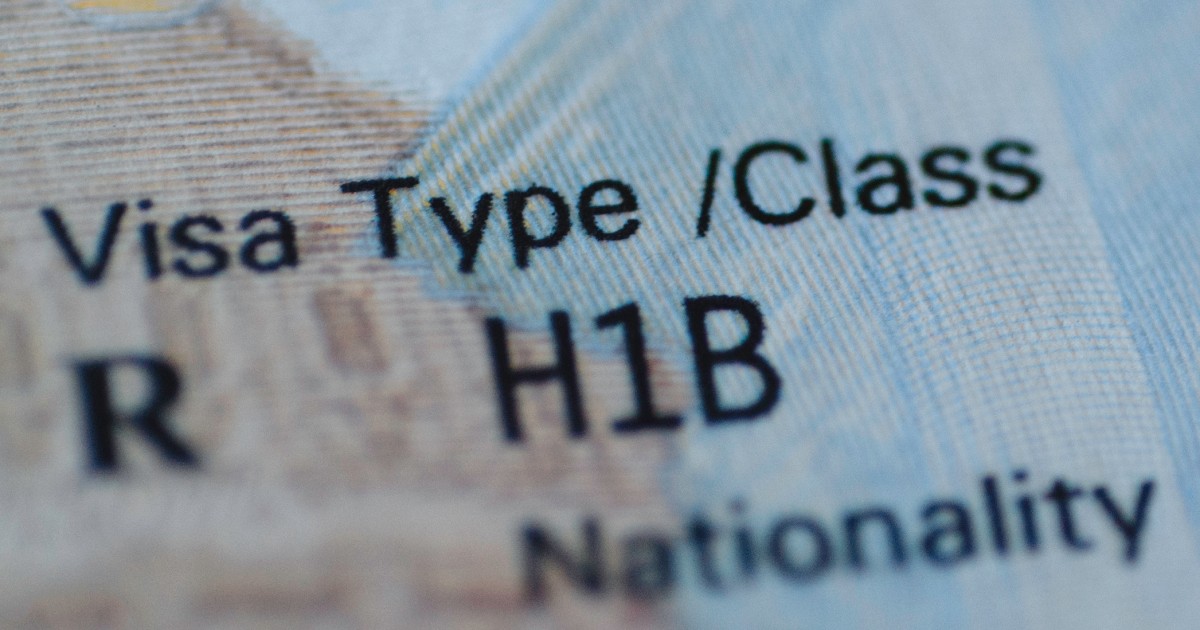A joint study by Stanford University researchers and a workplace performance consulting firm published in the Harvard Business Review details the plight of workers who have to fix their colleagues’ AI-generated “workslop,” which they describe as work content that “masquerades as good work, but lacks the substance to meaningfully advance a given task.” The research, based on a survey of 1,150 workers, is the latest analysis to suggest that the injection of AI tools into the workplace has not resulted in some magic productivity boom and instead has just increased the amount of time that workers say they spend fixing low-quality AI-generated “work.”
The Harvard Business Review study came out the day after a Financial Times analysis of hundreds of earnings reports and shareholder meeting transcripts filed by S&P 500 companies that found huge firms are having trouble articulating the specific benefits of widespread AI adoption but have had no trouble explaining the risks and downsides the technology has posed to their businesses: “The biggest US-listed companies keep talking about artificial intelligence. But other than the ‘fear of missing out,’ few appear to be able to describe how the technology is changing their businesses for the better,” the Financial Times found. “Most of the anticipated benefits, such as increased productivity, were vaguely stated and harder to categorize than the risks.”
Other recent surveys and studies also paint a grim picture of AI in the workplace. The main story seems to be that there is widespread adoption of AI, but that it’s not proving to be that useful, has not resulted in widespread productivity gains, and often ends up creating messes that human beings have to clean up. Human workers see their colleagues who use AI as less competent, according to another study published in Harvard Business Review last month. A July MIT report found that “Despite $30–40 billion in enterprise investment into GenAI, this report uncovers a surprising result in that 95% of organizations are getting zero return … Despite high-profile investment, industry-level transformation remains limited.” A June Gallup poll found that AI use among workers doubled over the last two years, and that 40 percent of those polled have used AI at work in some capacity. But the poll found that “many employees are using AI at work without guardrails or guidance,” and that “The benefits of using AI in the workplace are not always obvious. According to employees, the most common AI adoption challenge is ‘unclear use case or value proposition.’”
These studies, anecdotes we have heard from workers, and the rise of industries like “vibe coding cleanup specialists” all suggest that workers are using AI, but that they may not be leading to actual productivity gains for companies. The Harvard Business Review study proposes a possible reason for this phenomenon: Workslop.
The authors of that study, who come from Stanford University and the workplace productivity consulting firm BetterUp, suggest that a growing number of workers are using AI tools to make presentations, reports, write emails, and do other work tasks that they then file to their colleagues or bosses; this work often appears useful but is not: “Workslop uniquely uses machines to offload cognitive work to another human being. When coworkers receive workslop, they are often required to take on the burden of decoding the content, inferring missed or false context. A cascade of effortful and complex decision-making processes may follow, including rework and uncomfortable exchanges with colleagues,” they write.
The researchers say that surveyed workers told them that they are now spending their time trying to figure out if any specific piece of work was created using AI tools, to identify possible hallucinations in the work, and then to manage the employee who turned in workslop. Surveyed workers reported spending time actually fixing the work, but the researchers found that “the most alarming cost may have been interpersonal.”
“Low effort, unhelpful AI generated work is having a significant impact on collaboration at work,” they wrote. “Approximately half of the people we surveyed viewed colleagues who sent workslop as less creative, capable, and reliable than they did before receiving the output. Forty-two percent saw them as less trustworthy, and 37% saw that colleague as less intelligent.”
No single study on AI in the workplace is going to be definitive, but evidence is mounting that AI is affecting people’s work in the same way it’s affecting everything else: It is making it easier to output low-quality slop that other people then have to wade through. Meanwhile, Microsoft researchers who spoke to nurses, financial advisers, and teachers who use AI found that the technology makes people “atrophied and unprepared” cognitively.
Each study I referenced above has several anecdotes about individual workers who have found specific uses of AI that improve their own productivity and several companies have found uses of AI that have helped automate specific tasks, but most of the studies find that the industry- and economy-wide productivity gains that have been promised by AI companies are not happening. The MIT report calls this the “GenAI Divide,” where many companies are pushing expensive AI tools on their workers (and even more workers are using AI without explicit permission), but that few are seeing any actual return from it.
Source link


